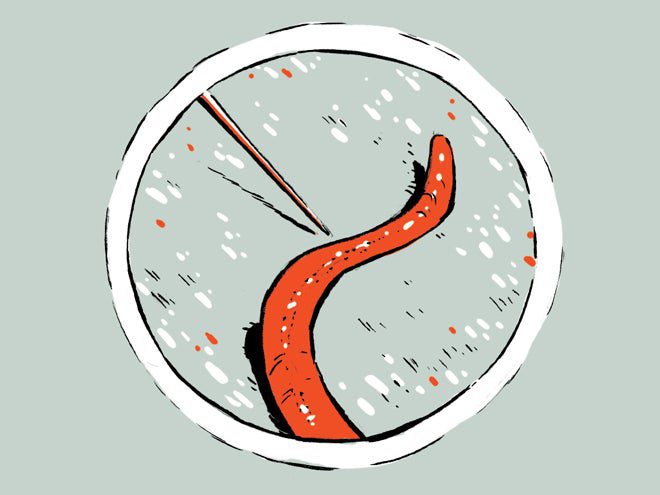To manipulate wee objects, you need spectacularly tiny tools. We asked scientists to tell us about the cutest little instruments they use in their research. Here are a few of our favorites.
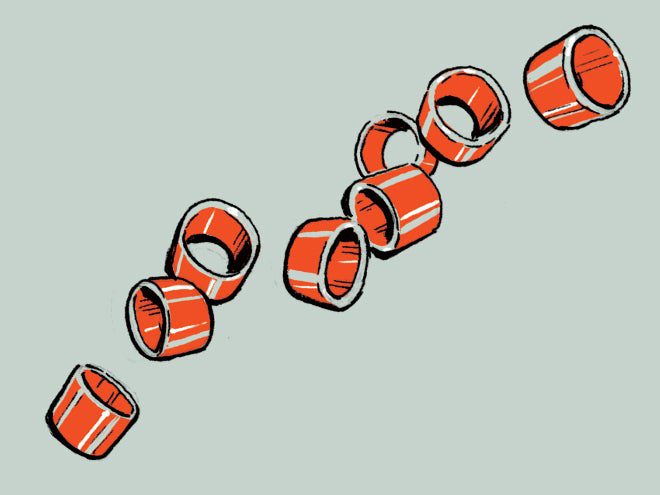
↑ Matt Wilkins, postdoctoral fellow at the Center for Science Outreach at Vanderbilt University
The U.S. Geological Survey distributes these half-gram metal bands to help us track birds as they migrate south for the winter. Some of the fliers weigh just a few tens of grams themselves.
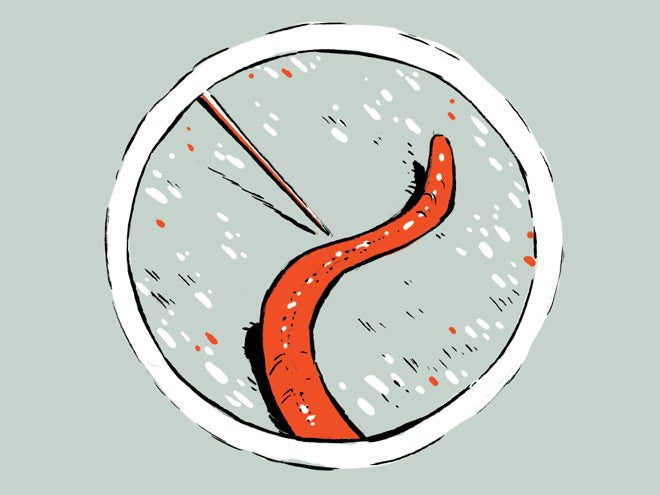
↑ Timothy Warrington, research scientist at FREDsense Technologies
During my doctorate, I was breeding millimeter-long transgenic worms, barely visible to the naked eye, by sticking DNA into their gonads. We couldn’t find syringes small enough, so we had to make our own. First, we would heat a glass tube about a tenth of a millimeter thick and break it to make a needle. Then we’d snap off the sealed tip to make sure it was open for injections. The improvised instrument is very finicky to make, but it does its job really well.
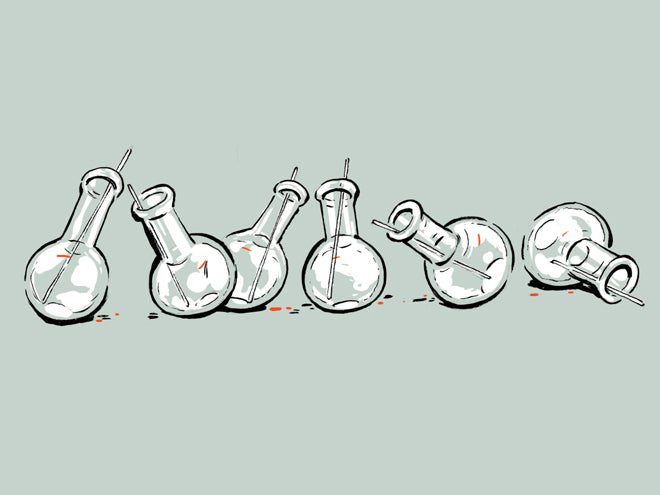
↑ Jenna Franke, graduate student at University of California, Berkeley
This little vessel is the pioneer of flasks in my lab. I use it to practice small-scale reactions on fluorescent dyes I haven’t tested before.
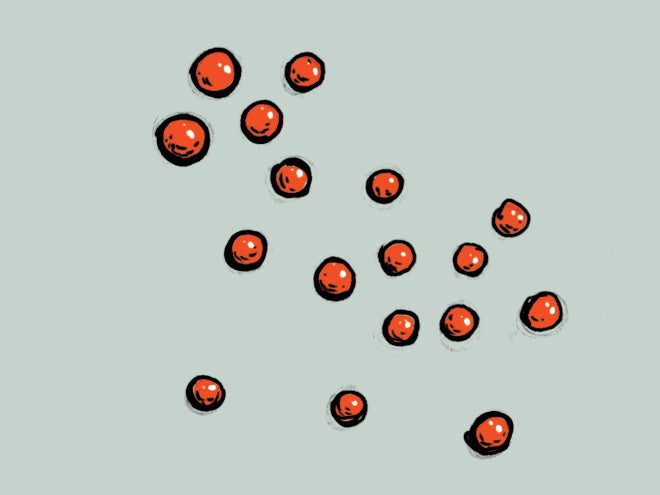
↑ Nicole Green, doctorate in Biochemistry at Kansas State University
My lab looks at how muscles grow and develop at the level of individual proteins. We grind up dead flies and mix in magnetic beads coated to bind with certain molecules. The beads draw everything important toward a magnet, making it easy to isolate the material that matters.
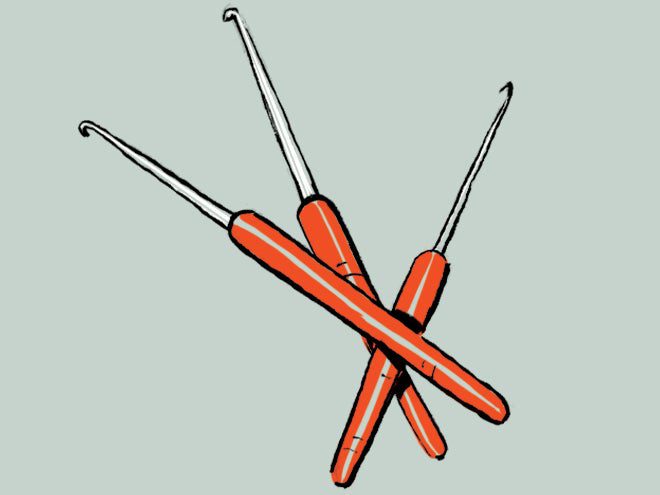
↑ Hernán Vázquez Miranda, wildlife genomicist at University of Nebraska, Lincoln
When we prepare mice and voles for preservation, we have to clean up their delicate skeletons. So we let 2-millimeter-wide dermestid beetle larvae eat the flesh inside the skull and around the ribs.
After the bugs grow up and then die, we carefully remove them with needle hooks. You can’t get these tools at Walmart, so many are handmade—and that’s hard work. When a researcher makes a perfect hook, they treasure it for the rest of their life.
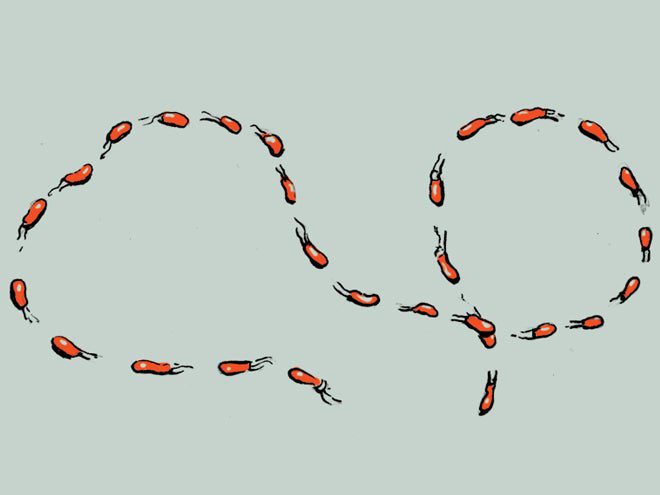
↑ Louis Rogowski, mechanical engineering Ph.D. student at Southern Methodist University
We use a magnetic field to propel each bacterium-size mechanical swimmer through blood vessels or tissues. With this technique, we’d like to create nanobots for surgery or targeted drug delivery.
As told to Eleanor Cummins
This article was originally published in the Fall 2018 Tiny issue of Popular Science.





